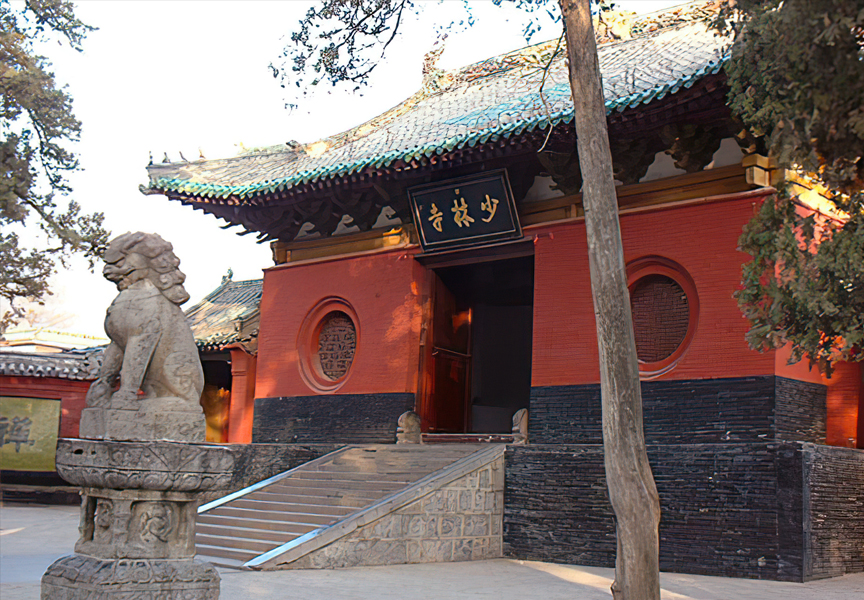Random Free Articles
- Eliminating EGO
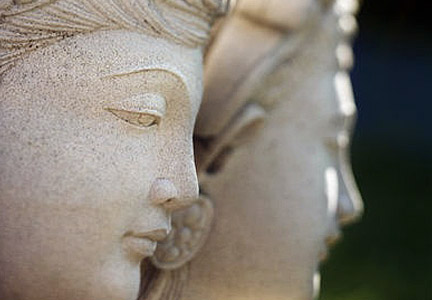
Many people harbor the notion that there must be an enduring, unchanging core of personality or self to make sense of their existence and life experiences. In the face of this existential question, the teachings of Buddha shed light on a profound insight: there is no actual, permanent, or self-standing personality or self. This principle constitutes the third hallmark of existence. Were a self to truly exist independently, it should be…
- Chan rejects any written discourse

In Chan, there are two specific teachings that even if taken literally , they are well defined and very expressive . One teaches that " The Thorough Examination of the Super - Ego is simply to identify the Buddha Nature " and the other teaches that " The Understanding of Buddha Nature via Sudden Enlightenment is certainly possible. " In reality, however , the clarity and expressiveness of these teachings , cannot be…
- Following a Master and the Mind Path in Today's World
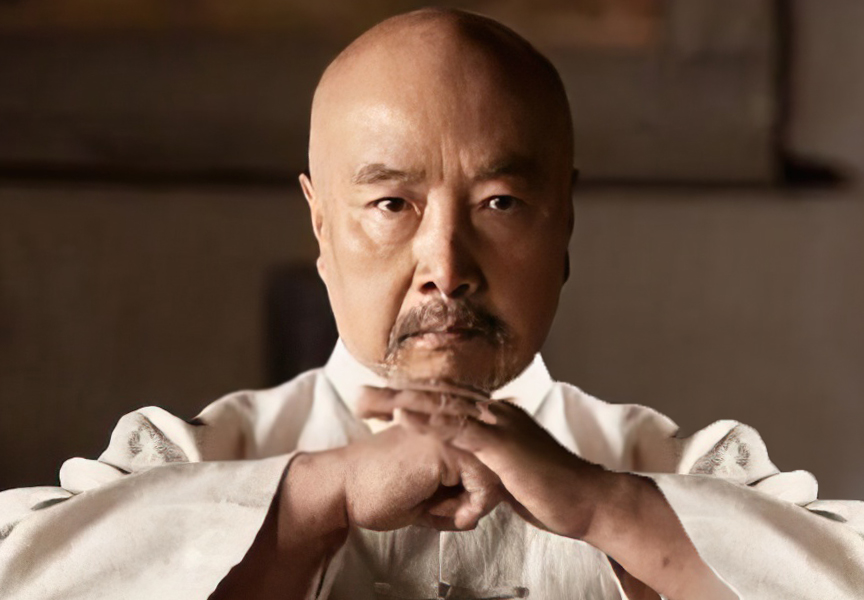
In the fast-paced and modern world we live in today, the pursuit of traditional martial arts and the path of the mind has become an increasingly challenging endeavor. As technology advances and lifestyles evolve, the traditional ways of following a martial arts master and embracing the path of the mind often seem out of sync with the demands of contemporary life. However, for those who embark on this journey, the rewards are profound, offering…
- The True Essence of Martial Arts
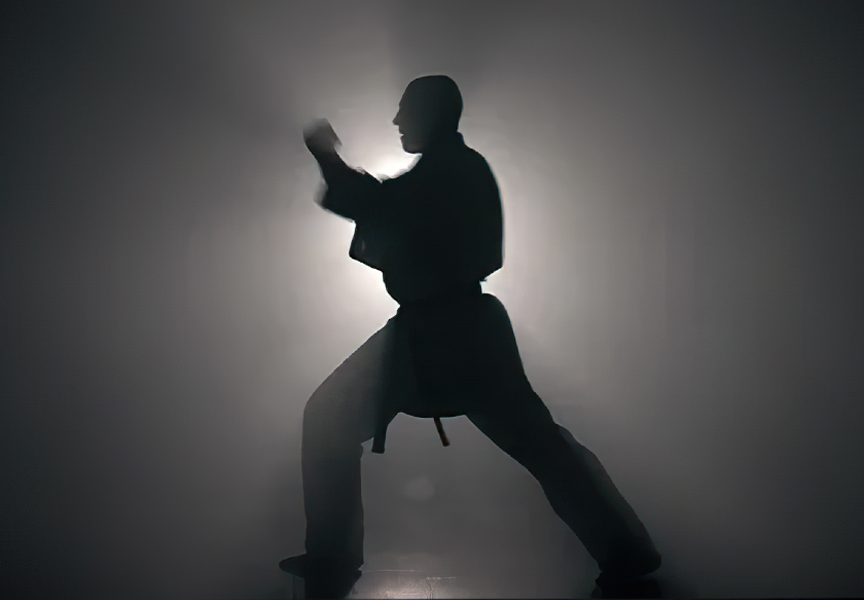
A Journey of Self-Mastery and Personal Growth Martial arts, often perceived as a collection of physical techniques and combat skills, holds a deeper significance that transcends the realm of physical prowess. Beyond the kicks, punches, and intricate forms lies the true essence of martial arts—a profound journey of self-mastery, self-discovery, and personal growth. In the heart of this ancient practice, individuals embark on a transformative…
- Tapping into the Vital Energy
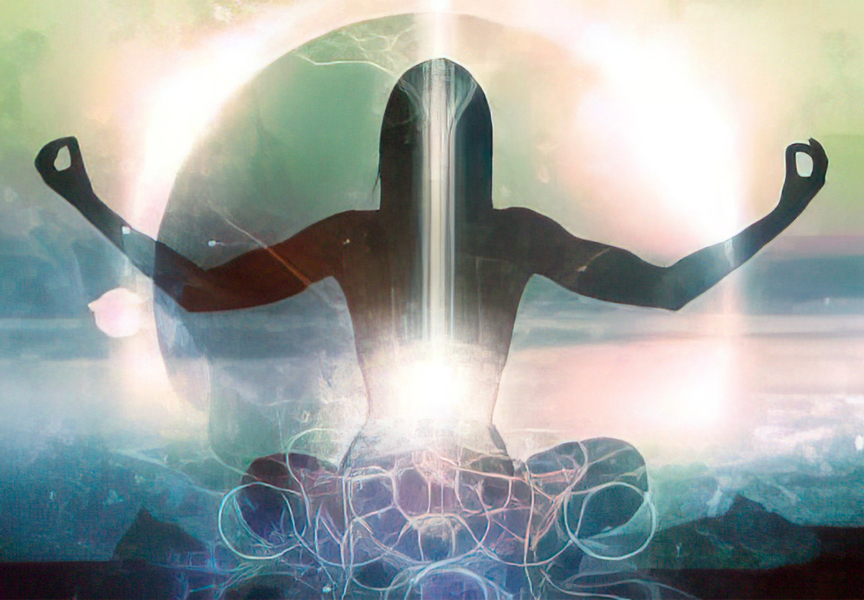
In the realm of ancient Chinese philosophy and medicine, one concept has captured the imagination and curiosity of many for centuries - Qi [Chin.: Qì 气]. Often spelled as "chi" and pronounced as "chee," Qi is a fundamental and vital force that is believed to flow through all living things, shaping our physical, mental, and spiritual well-being. While Qi might sound esoteric to some, its cultivation and understanding play…

